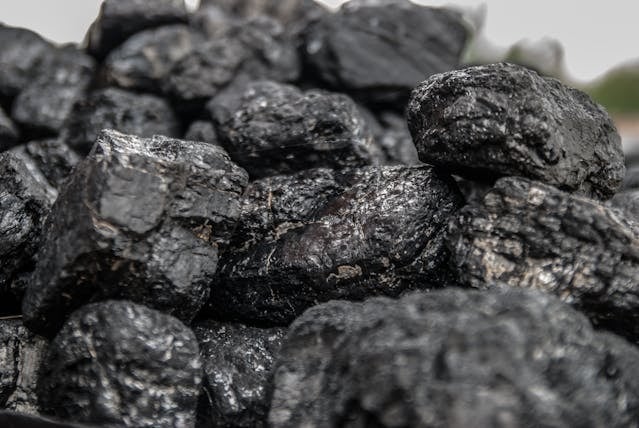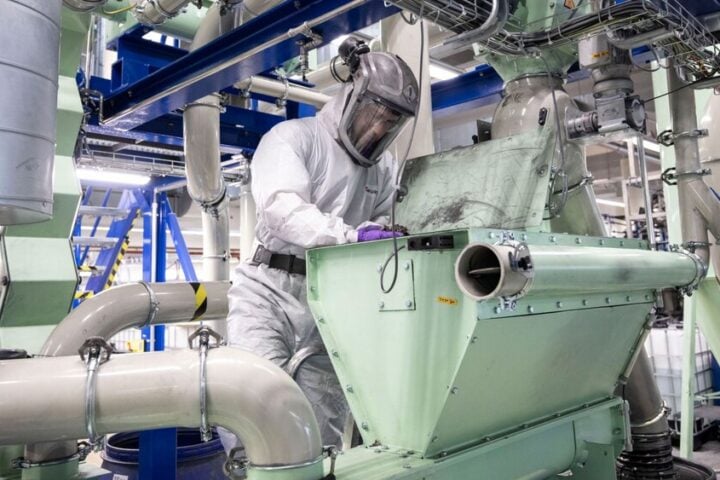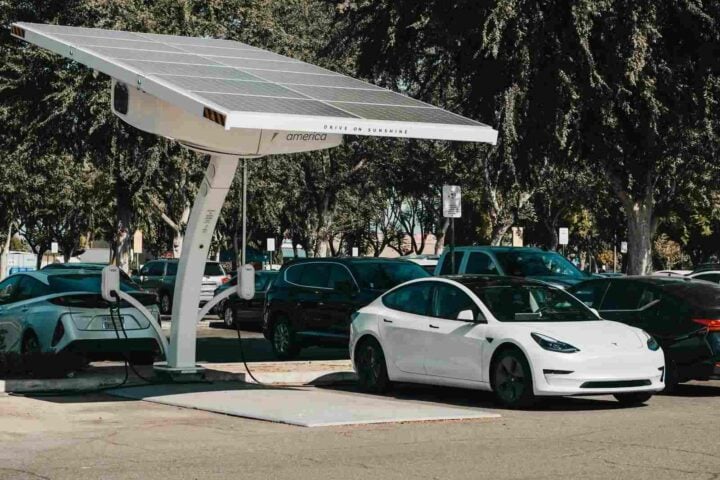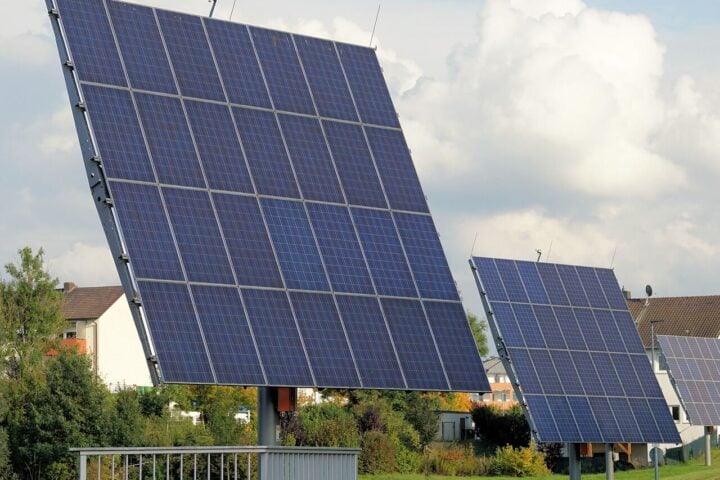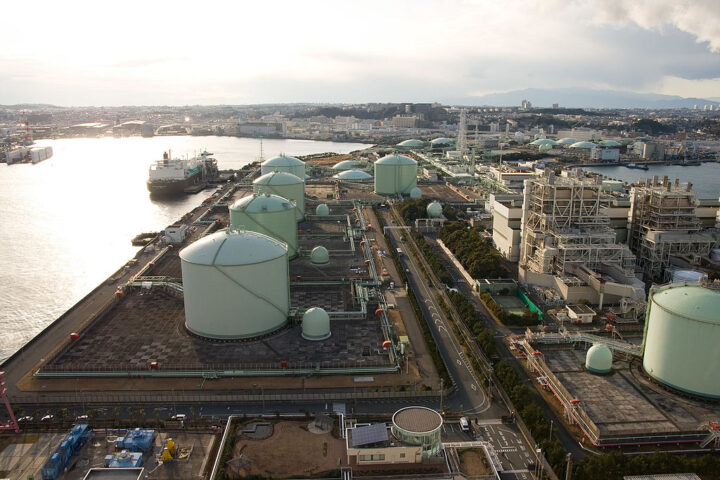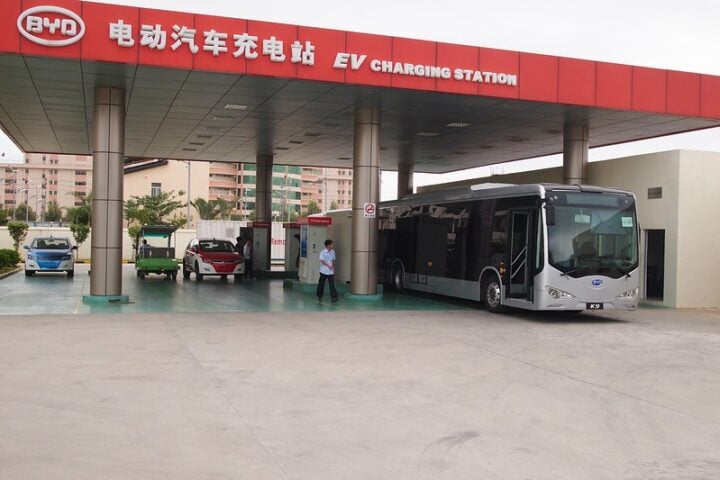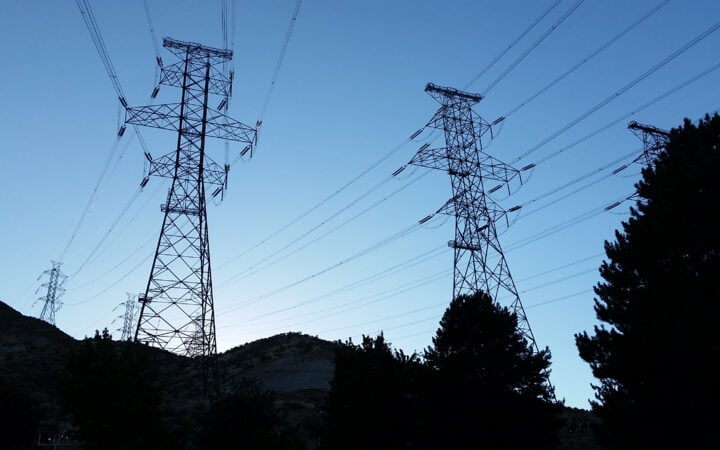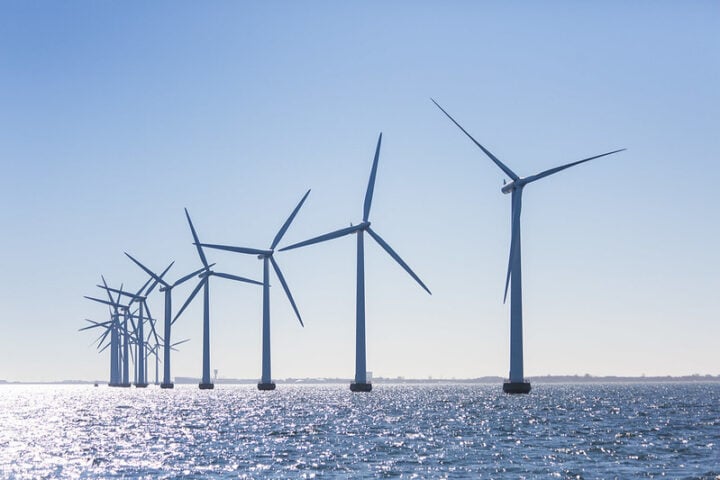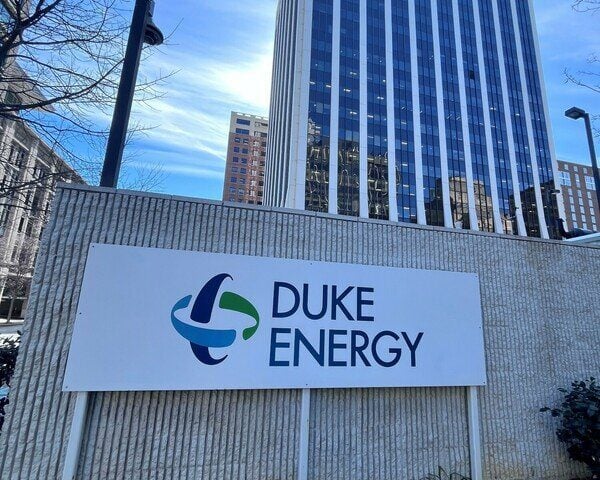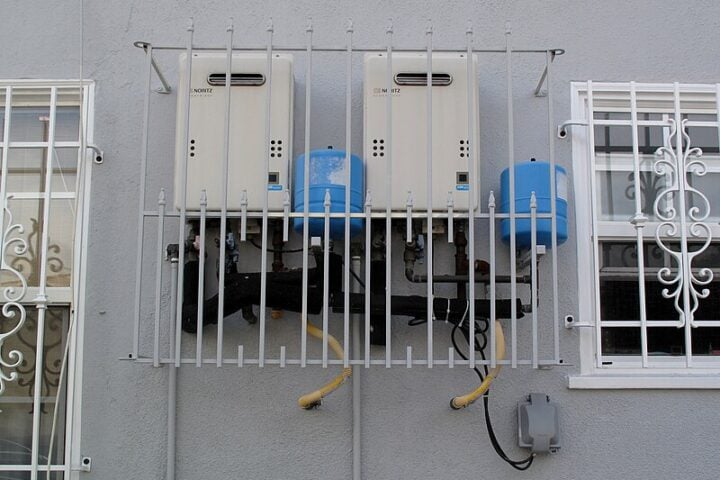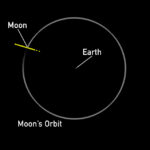Imagine a world where charging your devices doesn’t involve the risk of energy wastage or even fires. That’s the promise of “Alternating Direct Current” (ADC), a new form of energy that’s been validated in a joint effort by NASA and ADC Energy USA, Inc. (ADC USA). Dr. Narasimha Prasad from NASA Langley Research Center has been at the helm of this project, steering the ship of what could be a groundbreaking AI-enabled technology, set to redefine our energy systems.
ADC is a hybrid form of energy, allowing Alternating Current (AC) and Direct Current (DC) to coexist on the same wires, eliminating the need for conventional, and sometimes dangerous, energy conversion. “Charging your laptop or cell phone with the brick adapter wastes energy, can even cause fires, but we have no other choice,” explained Henry Lee, CEO of ADC USA, shedding light on the practical implications of this innovation.
ADC doesn’t just eliminate outdated energy conversion. It stands tall as a potential solution to global energy and climate challenges, addressing critical issues faced by renewable energy sources like solar and wind, such as intermittency and inefficiency in production.
ADC isn’t just a concept. It’s a tangible solution, already being deployed in commercial and residential buildings, especially in innovations like ‘battery-powered’ air conditioning. “There is one and only one ADC,” emphasized Mr. Lee. The technology also presents imminent opportunities for breakthroughs in low voltage, swift EV charging, expanded solar panel generation, and off-grid indoor agriculture.
Similar Posts
Recent breakthroughs in the energy sector have been nothing short of revolutionary. Researchers have created a superconducting material that works at a temperature and pressure low enough to be utilized in everyday applications, potentially making our power grids much more efficient . Such innovations could dramatically lower power transmission losses, saving millions of megawatt-hours currently lost to resistance during transmission through traditional cables.
Terry Boston, advisor to The White House and the United States Congress, and former CEO of PJM, affirmed, “ADC is the greatest innovation I’ve seen in my 50-year career.” While the accolades and affirmations surrounding ADC are noteworthy, the practical application, scalability, and integration of this technology into the existing global energy infrastructure will be the true test of its revolutionary potential.
In the journey from validation to global implementation, ADC stands at the cusp of a new era, promising a future where innovative energy solutions are not just conceptualized but realized, deployed, and experienced universally. The critical examination of its practical applications, challenges in widespread deployment, and its tangible impact on the global energy crisis will shape the narrative of ADC in the times to come.

